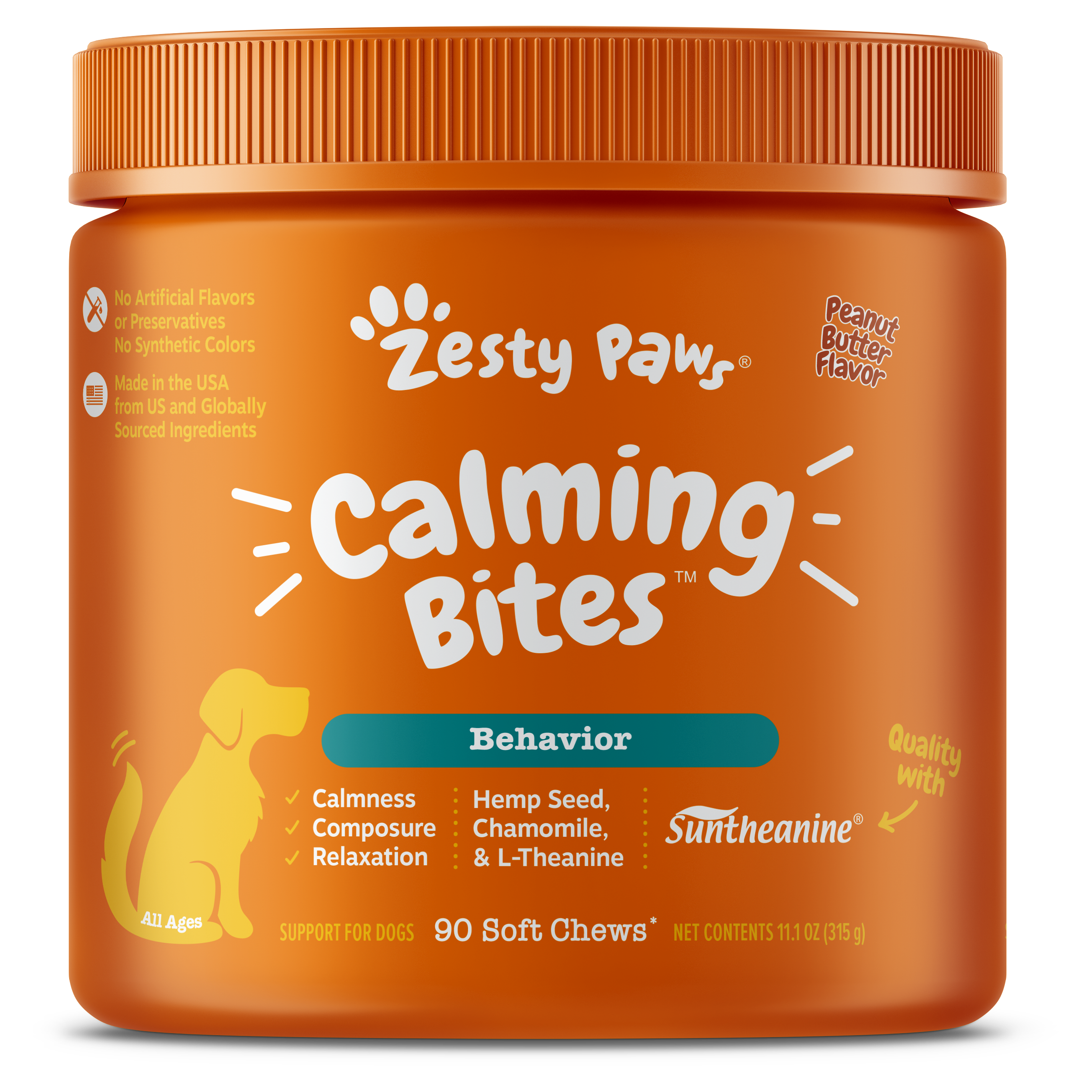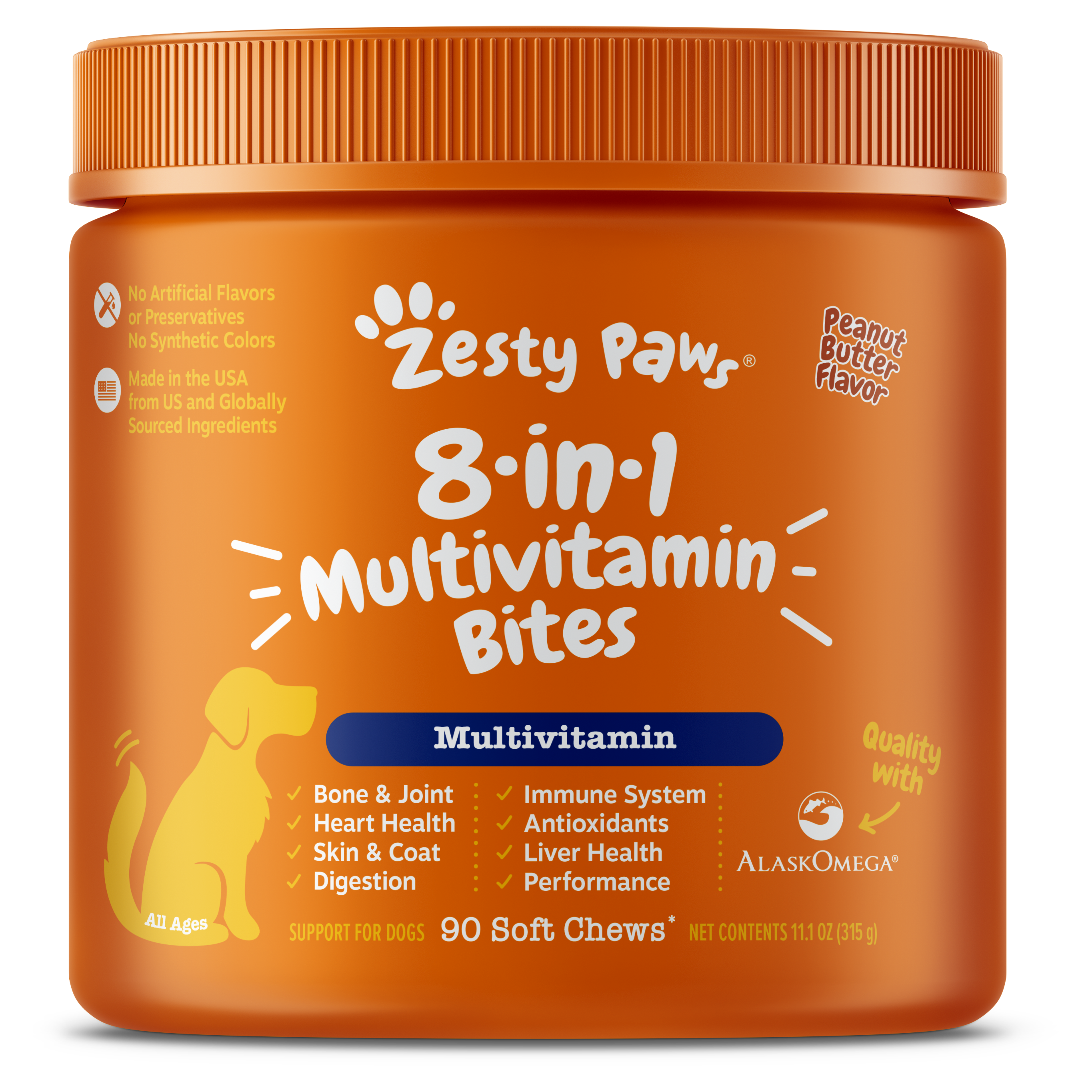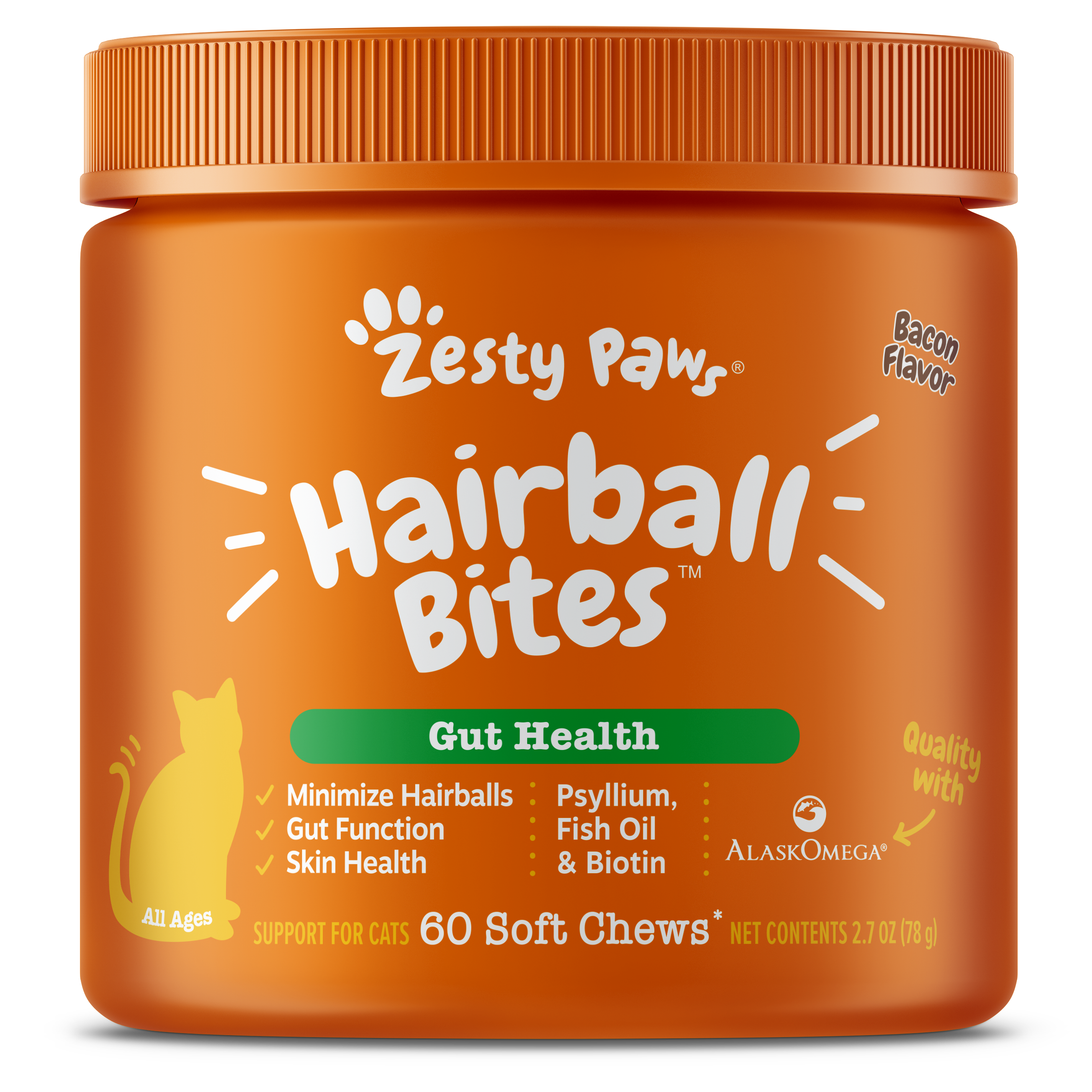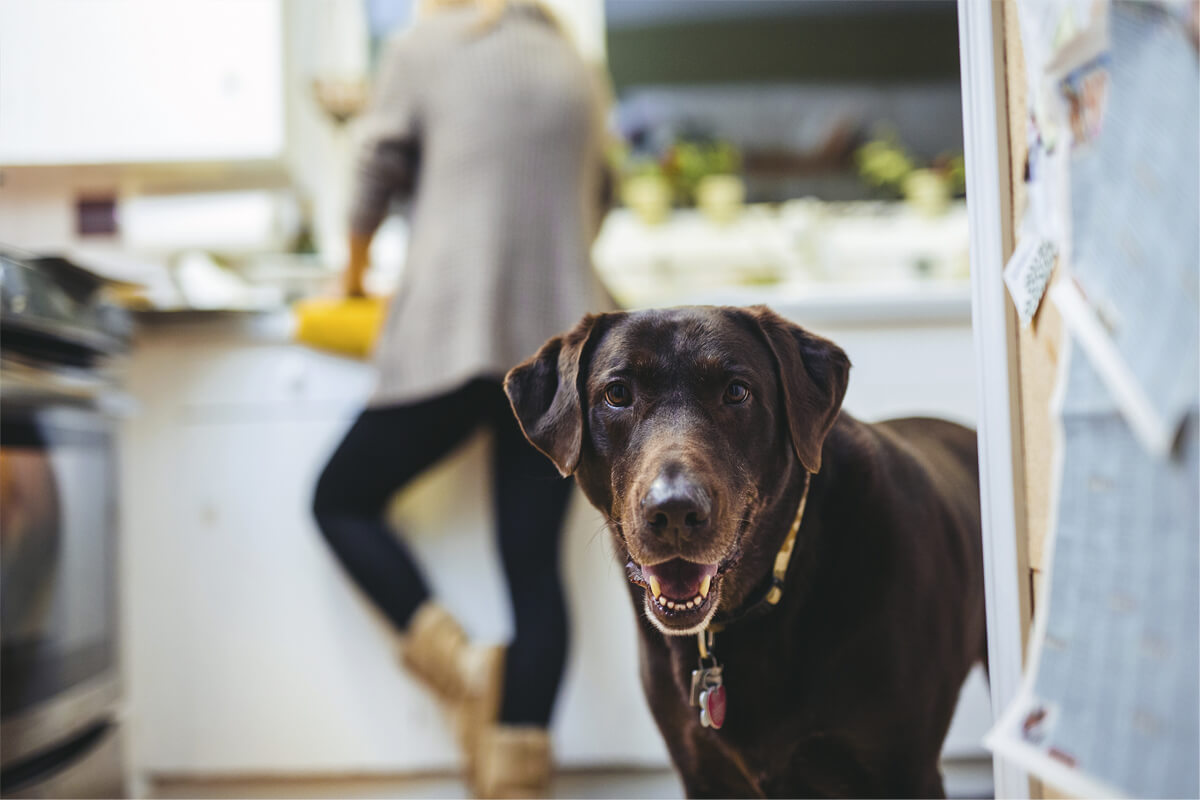
As a loving pet parent, you always want to make sure your senior dog gets around as well as the old days. But as our furry friends get older, sometimes they may struggle to get up from resting or move a bit slower.
According to the American Veterinary Medical Association (AVMA), small dogs are geriatric at the age of seven, and some larger breeds turn senior at six years old. Technically, that means there’s a lot of senior dogs out there! It's no wonder that vets see an awful lot of older dogs for mobility issues.
When both humans and dogs age, the muscles and joints that help with movement may become less efficient at performing their tasks. The good news is, we have some paw-some tips and tricks that may help you manage your furry friend’s mobility to help them grow old gracefully.
That said, here are five ways you can help your senior dog maintain his mobility!
1. Keep Your Senior Dog’s Weight in Mind
If your dog is overweight, a helpful thing you can do for their joints is getting them to shed those extra pounds.
Your vet will be able to tell you what the best weight is for your baby. Or you can use diagrams to judge for yourself. This downloadable/printable one from The World Small Animal Veterinary Association has detailed pictures and descriptions.
If you love your dog so much that you spoil them with lots of treats and human food, the extra weight they’re carrying from those snacks might take some of the spring out of their step. Remember, any surplus weight will cause extra pressure on their joints, leading to more discomfort for them. No fun!
That said, picking out foods designed for them can be helpful. It can be a senior-oriented dog food or perhaps products that specifically support their hips and joints.

2. Exercise Is Excellent
Once your baby is at the right weight, the importance of exercise for senior joint mobility can't be underestimated. Just like you, older dogs need to keep their aging joints moving to avoid stiffness – but it needs to be the right kind of exercise. Here’s a few things to keep in mind:
- Easy walks on level, non-slick surfaces are perfect when you take your senior dog out for a walk.
- Grass is good, pavements are OK, but try to avoid cobblestone or bumpy paths as this can be uncomfortable for them.
- Dog boots with a grip surface can help if your dog is really struggling. They can help them get traction on rising and help with walking in general. Just take it slow at first to help them get used to wearing them.
- Walk at the speed your dog feels comfortable with. Not too slow, but definitely not too fast!
You can also change the time of day you walk your senior dog. If their legs are stiff in the morning or evening, try walking them in the middle of the day when they might be more agile.
If the weather's not suitable for walking, or your dog doesn't want to go out, you can always have a gentle play session with them inside to help loosen them up. And check out our article on 5 Fun Ways to Keep Fido Active Indoors.
In your efforts to help your dog with exercise, always make sure you don't overdo it. Monitor their behavior as you walk, and if you see them struggling slow down or stop immediately.
3. Try a Hip and Joint Supplement for Senior Dogs
Yummy chewables are your furry friend’s... well... friend! The right supplement will be full of the best things to help your pup move, and they'll be so tasty that they'll trick your pet into thinking they’re getting a treat! Even picky dogs will wolf them down!
The choicest ingredients to look for include glucosamine, chondroitin, MSM, curcumin, and green-lipped mussel.
Plus, soft chews aren’t your only option! Functional liquid supplements are another senior-friendly form of hip and joint support available for pet parents that want to give Fido’s chompers a rest. Decisions, decisions!
Regardless of what you choose, senior dog products and supplements are amazingly helpful choices for you to consider, so you've got nothing to lose by trying one. Just consult with your veterinarian to see if giving your fur-baby mobility supplements is a good option!
It's an op-pawtunity you don't want to miss!

4. Healthy Hydrotherapy Can Help Your Older Dog
In some cases, water therapy by a certified canine water therapist or veterinary rehabilitation facility can do wonders for injured pets in recovery or to help maintenance for senior dogs with, for example, arthritis.
Hydrotherapy is getting more and more popular among pet parents. But what is it? It’s as simple (and as cool) as having dogs swim or walk in water on an underwater treadmill or in the shallows along a beach.
The AKC quotes Dr. Tari Kern, DVM, a certified canine rehabilitation practitioner: “Hydrotherapy can be used as part of a very specific, structured program to ease arthritis discomfort in pets, improving function after injury or surgical procedures, and even for optimizing conditioning of animal athletes.”
Water allows for low-impact exercise by taking all the stress off a dog's muscles and joints and reducing stiffness. In other words, when dogs are too weak to exercise, this therapy makes it possible again!
If you don't have access to a specialist, and your dog loves to swim, let them paddle away in a small pool if you have access to one.
5. Massages for Mobility
While water therapy is always better with a professional, massage is something you can do yourself if you learn how.
It can be a wonderful bonding experience for you and your pup. Regular handling of their body can also immediately alert you to any potentially harmful changes.
Massages are also a great way to help senior dogs de-stress and keep their muscles loose. The gentle movement of the hands increases blood flow which may help with circulation. The resulting stiffness reduction in the relaxed muscles enables your dog to move more freely with less stress on their joints.
The AKC believes that massage is very beneficial and even shows a simple massage you can try at home.
Ready to Help Your Senior Dog Stay Mobile?
We always recommend consulting with your vet first to make sure your pup has the right plan for staying mobile. But, we certainly hope these practical paw-ticulars help keep Fido’s hips and joints happy!
We hope you’ve found these suggestions for senior dog health and wellbeing useful. We'd love to hear from you if you're doing any of these protocols or have other suggestions. If you have any questions or comments, please feel free to share them below or contact us at (800) 738-0661 or bark@zestypaws.com.











